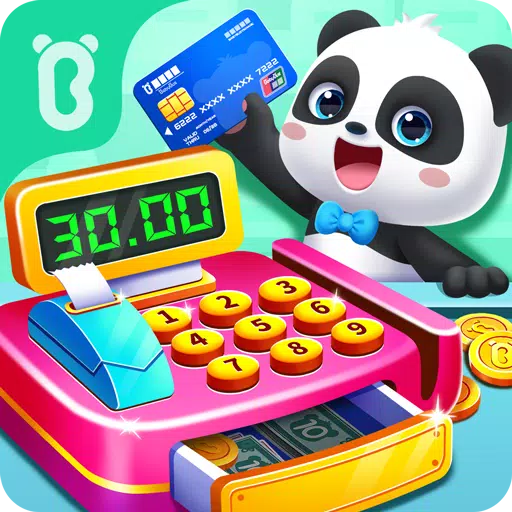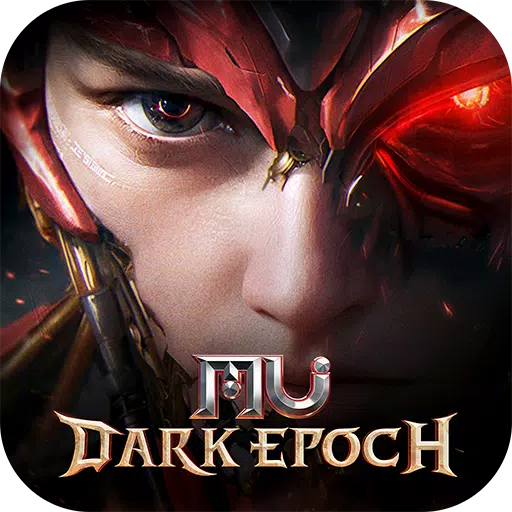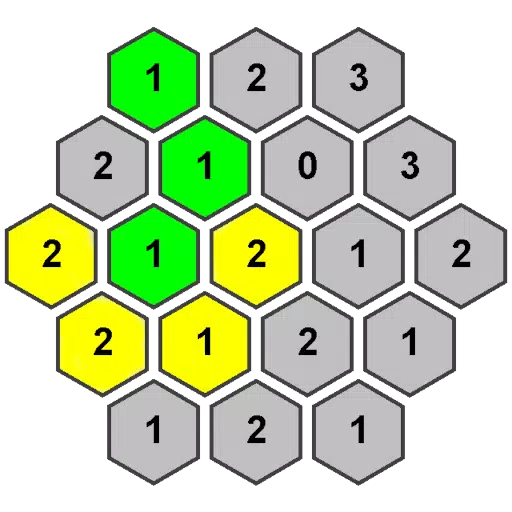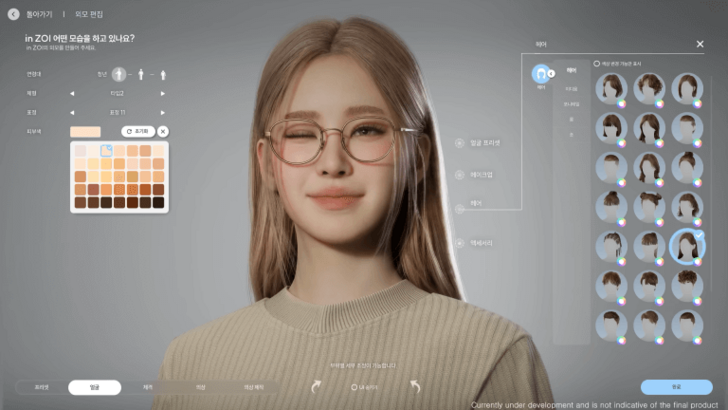Xbox has announced a wave of price increases across its hardware, accessories, and software lineup, marking a pivotal shift in the gaming industry’s pricing landscape. The most notable change is the confirmed jump to $80 USD for first-party Xbox titles later this year—an unprecedented move that signals a new era of premium pricing in gaming. This decision reverberates far beyond Microsoft’s ecosystem, potentially influencing third-party publishers and even Sony’s future pricing strategies.
It's no exaggeration to say gaming is now more expensive than it’s been since the 1990s. The base model Xbox Series S, equipped with just over 500GB of storage, now retails for $380 USD—only $20 less than the PlayStation 5 Slim Digital Edition bundled with Astro Bot on the PlayStation Store. Meanwhile, the 2TB Xbox Series X has been bumped up to $729, surpassing the PS5 Pro by approximately $30.
These changes come shortly after Nintendo’s Switch 2 reveal, which stunned consumers with a $450 price tag for the console and a bold leap to $80 for select first-party titles like Mario Kart World. Nintendo bypassed the $70 tier—introduced by Xbox and PlayStation at the start of the generation amid significant backlash—and went straight to $80. With Xbox now following suit, the momentum toward higher game prices is undeniable.
Will PlayStation Games Increase to $80?
All eyes are now on Sony. Given the industry-wide shift and mounting economic pressures, it seems increasingly likely that PlayStation will announce similar price hikes in the near future. Rising manufacturing costs and tariffs linked to the ongoing U.S. trade war are key factors driving these increases, and while Sony may be less directly impacted than Microsoft, it cannot ignore the financial realities of the current market.
Moreover, Sony’s hardware success—outpacing Xbox in sales—means that maintaining lower prices while competitors raise theirs would mean leaving substantial revenue on the table. But beyond consoles, the most anticipated change lies in software. Sony has long emphasized the premium value of its first-party titles, citing their depth, production quality, and critical acclaim. With Xbox setting a new benchmark at $80 for first-party games, it’s difficult to imagine Sony positioning its own acclaimed franchises—such as God of War, The Last of Us, or Horizon—as less valuable.
There’s already precedent. Sony released Housemarque’s Returnal at $70 despite fan pushback, defending the price based on the game’s scope and development investment. Considering the escalating budgets behind Sony’s flagship titles, an eventual move to $80 feels not only logical but inevitable.
AnswerSee ResultsThe Death of Physical GamesBeyond hardware and software pricing, these increases reflect a broader strategic shift by platform holders: accelerating the transition from physical media to digital distribution and subscription services. Digital sales and subscriptions generate higher margins for companies compared to physical retail and used game markets, which is why Sony and Microsoft have heavily invested in services like PlayStation Plus and Xbox Game Pass.
Notably, Xbox Game Pass has not received a price increase this round—though it did rise in mid-2024—and with first-party games now priced at $80, the value proposition of Game Pass becomes even stronger. For budget-conscious players, subscribing offers access to a vast library of titles at a fraction of the cost of buying individual games, effectively incentivizing a move away from ownership toward access-based gaming.
For collectors and fans of physical media, this trend is concerning. The price hikes on consoles and games may be less about covering costs and more about nudging consumers toward digital ecosystems where platform holders maintain greater control and revenue share. The all-digital future may be arriving faster than expected.
What Does This Mean for GTA 6 and Everyone Else?
The era of stable game pricing is over. Even before recent trade tensions and post-pandemic economic shifts, the industry faced shrinking profits and ballooning development budgets. The new console and game prices confirm what many insiders have long suspected: the traditional $60–$70 price point is no longer sustainable for major publishers.
The ultimate test of this new pricing model will be Grand Theft Auto 6. Originally speculated by analysts, the idea that GTA 6 could launch at $100 has gained serious traction. With billions invested and over a decade of development, Take-Two Interactive is poised to maximize returns on the most anticipated game of the decade. CEO Strauss Zelnick has previously stated that video games are priced “very, very low” relative to the value they deliver—hinting at future price increases.
When Rockstar finally announces the release date for GTA 6, a starting price of $80—or higher—seems almost certain. That doesn’t mean every game will follow; titles like Helldivers 2 and Split Fiction have shown strong market demand for more affordable, value-driven experiences. Many players will continue to wait for sales rather than pay full price at launch. But one thing is clear: game prices are on an upward trajectory. For consumers, this means being more selective about purchases—and preparing for a future where premium gaming comes with a premium cost.
AnswerSee Results[ttpp] Home
Home  Navigation
Navigation






 Latest Articles
Latest Articles
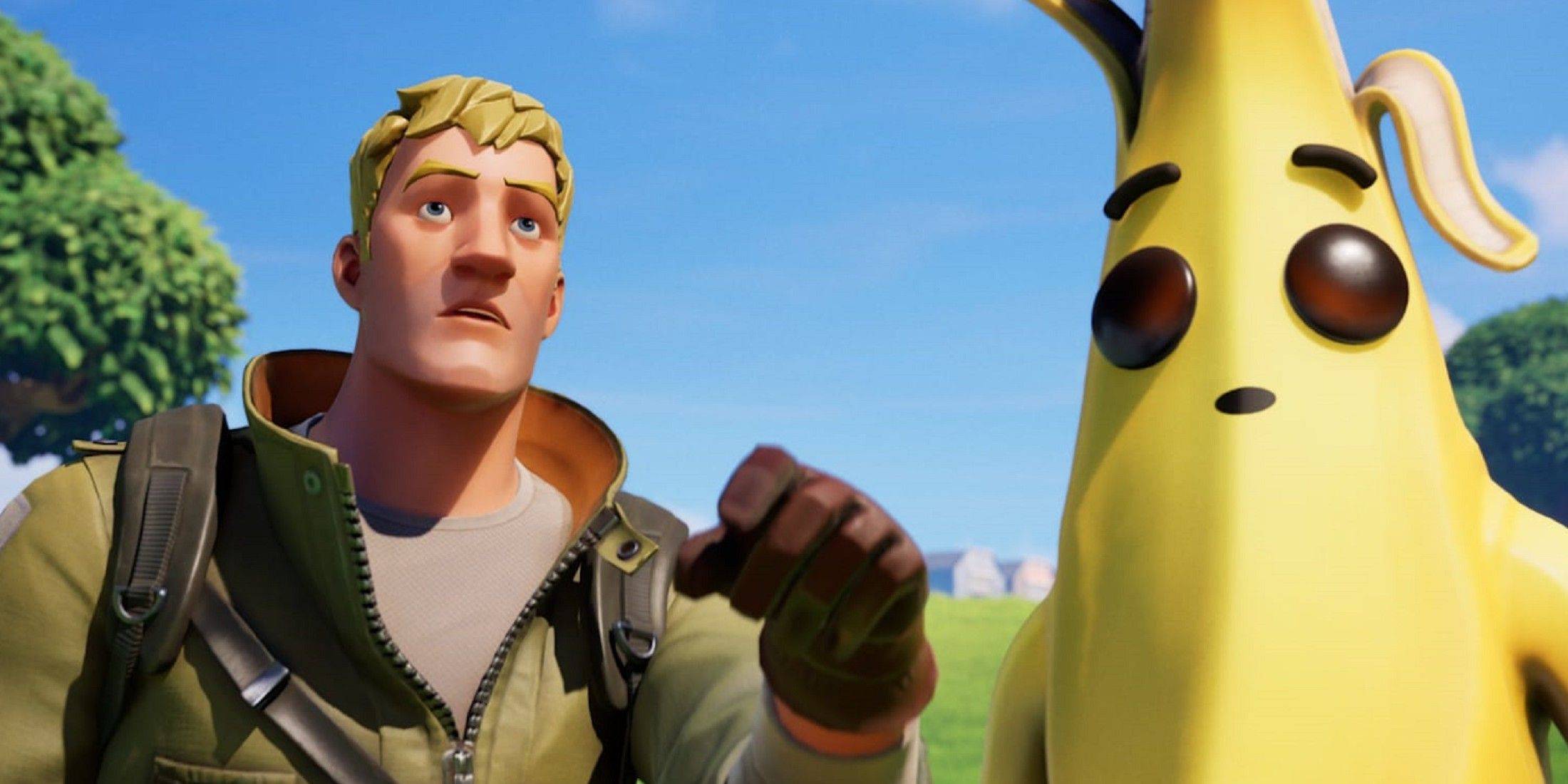
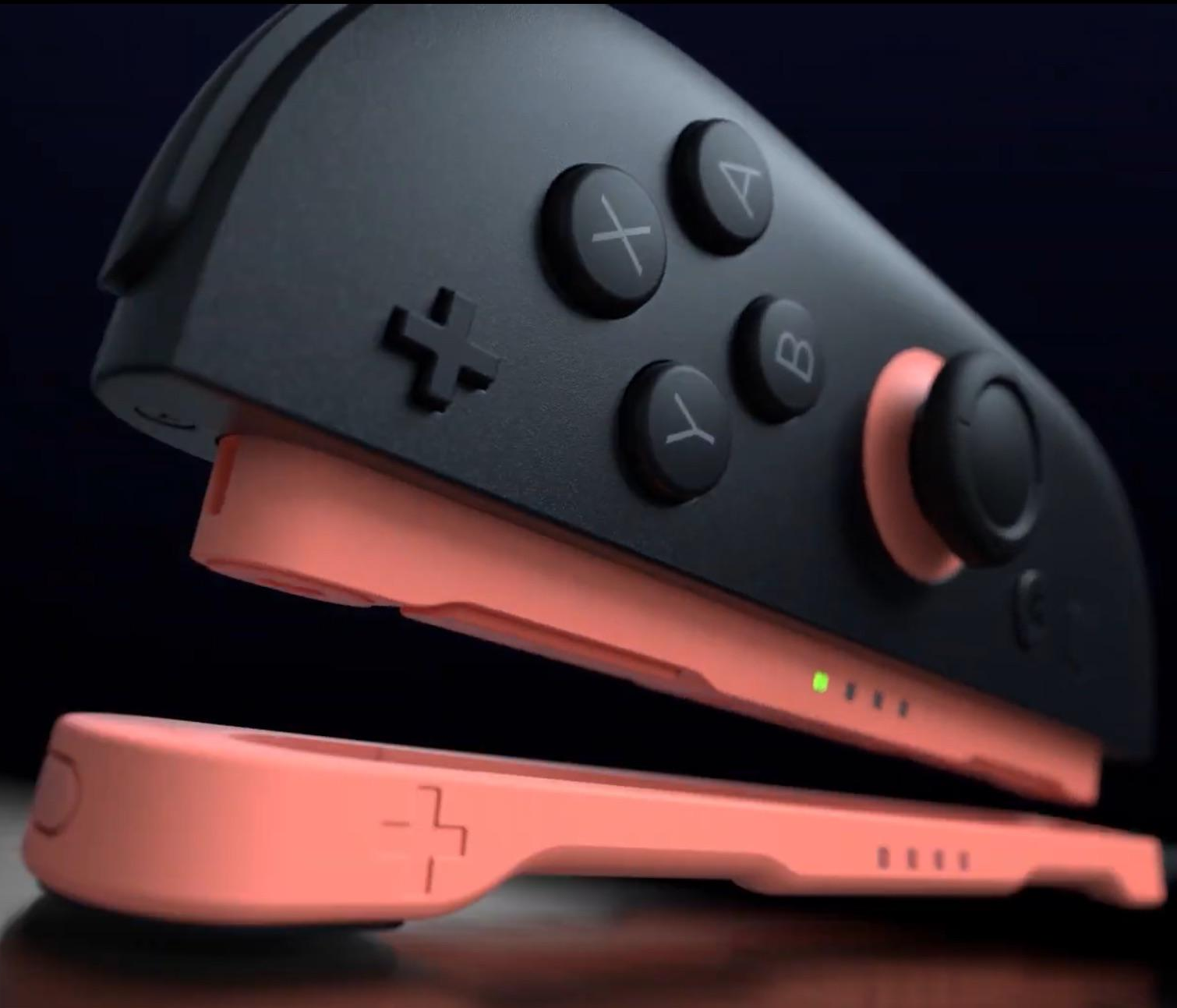
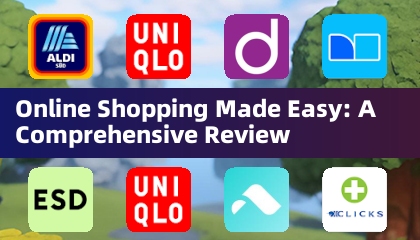







 Latest Games
Latest Games

